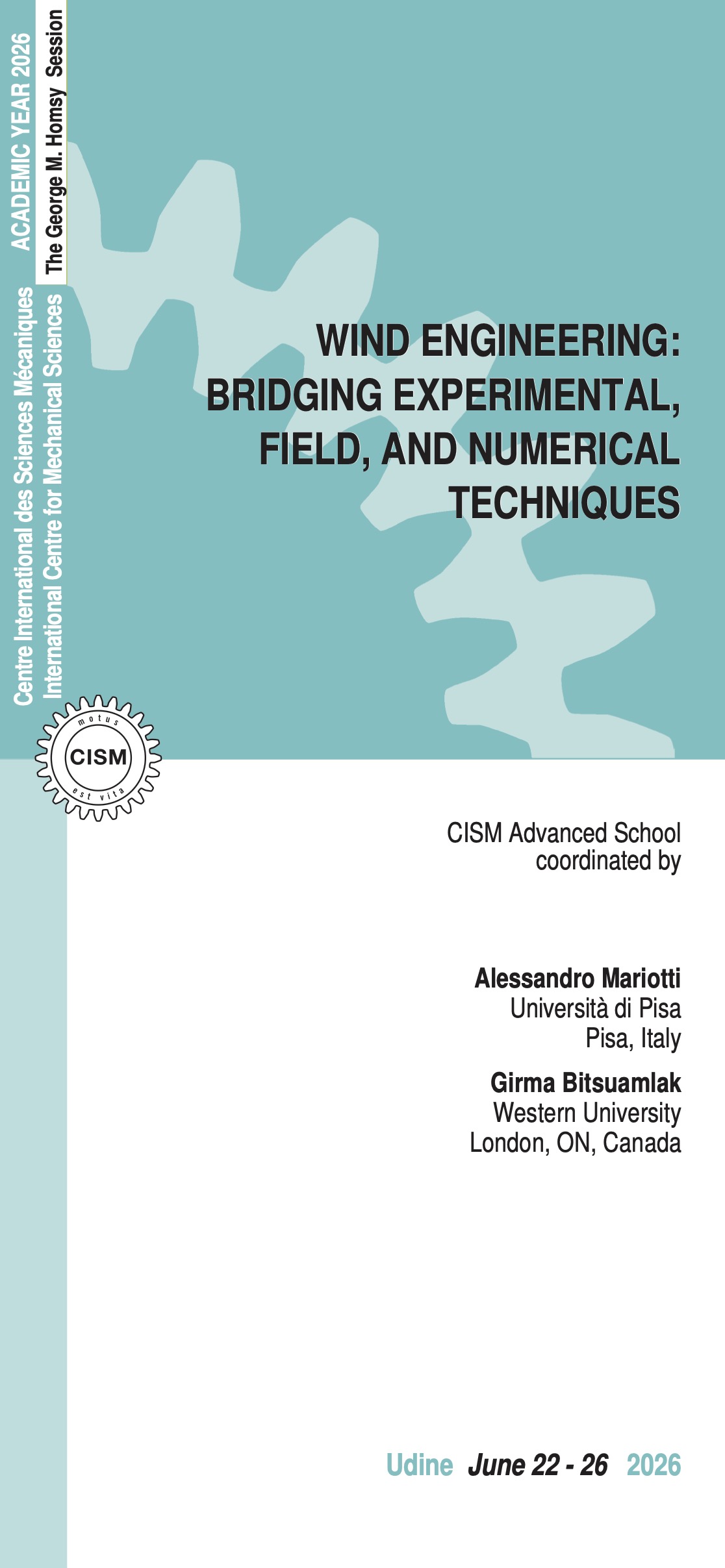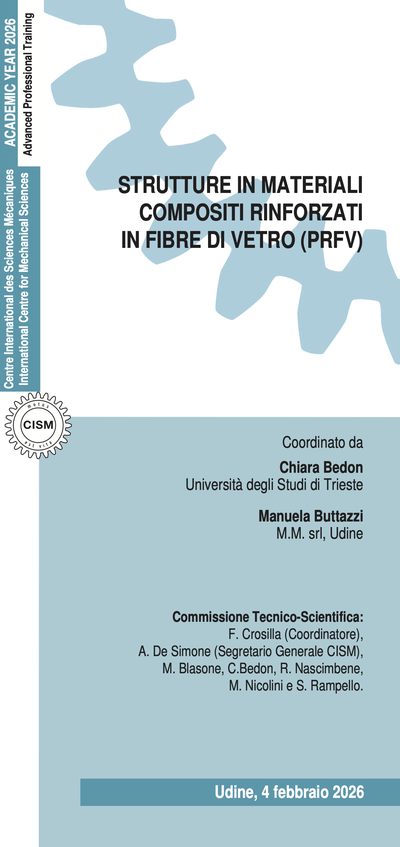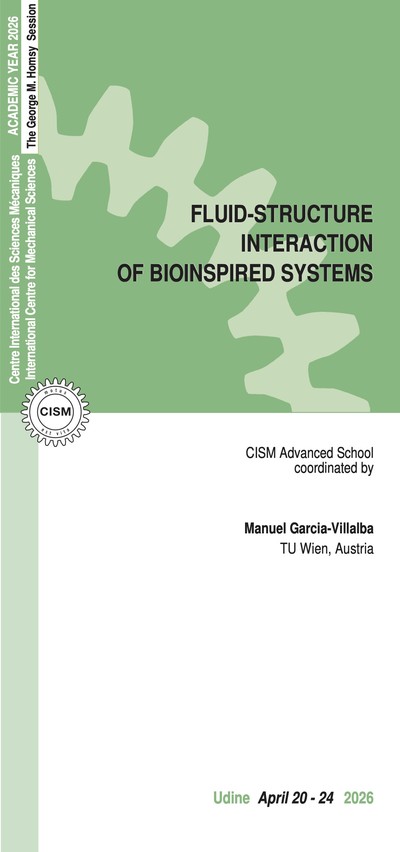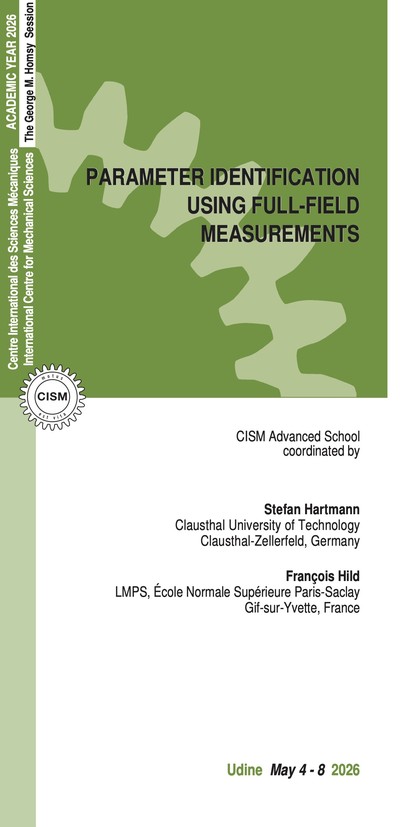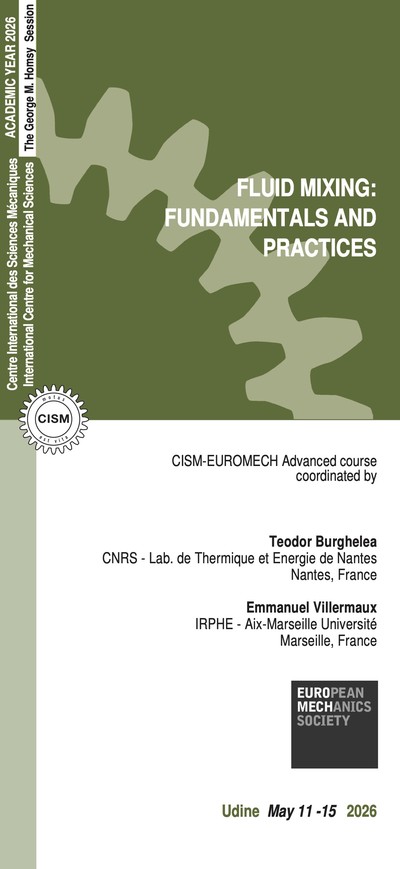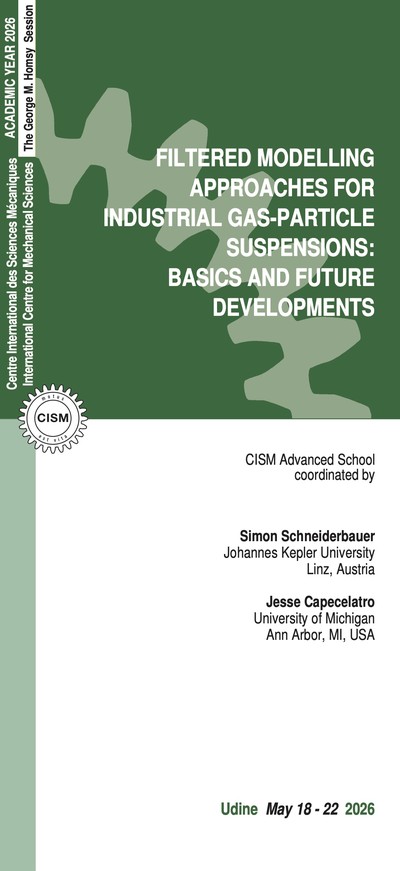This interdisciplinary course offers an in-depth exploration of wind engineering, providing both fundamental knowledge and advanced experimental, field measurements and numerical applications for developing climate-resilient and sustainable civil infrastructure. Designed and delivered by leading experts in the field, the course merges theoretical principles with practical insights, enabling students to tackle the challenges faced by researchers and engineers when designing structures exposed to wind forces. The course is designed to equip students with the essential tools, techniques, and knowledge required for the analysis, design, and optimization of civil infrastructure, considering both synoptic and non-synoptic wind conditions.
The first segment of the course focuses on the principles of experimental aerodynamics (boundary layer wind tunnel, Wall of Wind, and WindEEE tests), field measurement techniques, and Computational Fluid Dynamics (CFD). Students will gain practical knowledge in the design of experimental setups, the application of measurement techniques, and the interpretation of data. The course further covers the theoretical background of CFD simulations, with a special focus on turbulent flow modeling. Topics include the numerical discretization of the Navier-Stokes equations, advanced turbulence modeling, data analysis techniques, and the simulation validation process.
In the second part of the course, the application of experiments, field measurements, and CFD simulations is explored synergistically to address real-world challenges in wind engineering. Students will examine how these methods can be used to assess the impact of extreme wind events such as hurricanes and thunderstorms on infrastructure. The course highlights the importance of accurate simulations and their application in designing climate-resilient buildings and communities. Students will also engage with complex case studies that investigate the effects of wind on various urban settings, from the comfort of urban environments to the creation of thermal microclimates. The course covers innovative design strategies aimed at mitigating the damage caused by hurricanes, with an emphasis on improving the resilience of buildings and infrastructure to extreme wind loads.
In addition to structural design, students will also explore cutting-edge technologies in wind mitigation, such as adaptive building facades, wind barriers, aerodynamic optimization and other solutions that enhance the durability and safety of buildings. The course also exploits advanced monitoring systems for suspension bridge aerodynamics. Students will learn about novel measurement techniques such as detachable pressure strips and Lidar campaigns used to monitor the behavior of suspension bridges under wind loads. The course provides a detailed analysis of dynamic wind effects, including buffeting loads and vortex shedding, which can severely affect the performance and stability of bridges during high-wind events.
This course is intended for doctoral students, researchers, and professionals in the fields of civil engineering, architecture, and environmental design, as well as anyone interested in advancing their understanding of wind engineering and its role in creating safer, more sustainable built environments.
Blocken, B. (2014). 50 years of Computational Wind Engineering: Past, present and future. J. Wind Eng. Ind. Aerodyn., 129, 69–102.
Blocken, B. (2015). Computational Fluid Dynamics for Urban Physics: Importance, scales, possibilities, limitations and ten tips and tricks towards accurate and reliable simulations. Build. Environ., 91, 219–245.
Daniotti, N., Jakobsen, J. B., Snæbjörnsson, J. T., & Cheynet, E. (2025). Wind turbulence around a bridge deck in full scale. J. Fluids Struct., 135, 104313.
Estephan, J., Gan Chowdhury, A., & Irwin, P. (2022). A new experimental-numerical approach to estimate peak wind loads on roof-mounted photovoltaic systems by incorporating inflow turbulence and dynamic effects. Eng. Struct., 252, 113739.
Ferziger, J. H., Perič, M., & Street, R. L. (2020). Computational Methods for Fluid Dynamics (4th ed.). Springer, Cham.
Gairola, A., Bitsuamlak, G. T., & Hangan, H. M. (2023). An investigation of the effect of surface roughness on the mean flow properties of tornado-like vortices using large eddy simulations. J. Wind Eng. Ind. Aerodyn., 234, 105348.
Geleta, T. N., & Bitsuamlak, G. (2022). Validation metrics and turbulence frequency limits for LES-based wind load evaluation for low-rise buildings. J. Wind Eng. Ind. Aerodyn., 231, 105210.
Larsen, A., & Larose, G. L. (2015). Dynamic wind effects on suspension and cable-stayed bridges. J. Sound Vib., 334, 2–28.
Moravej, M. M., Estephan, J., Irwin, P., & Gan Chowdhury, A. (2024). Scaling effects on peak wind load estimation for low-rise buildings: An experimental and analytical study. Eng. Struct., 316, 117054.
Mooneghi, M. A., Irwin, P., & Gan Chowdhury, A. (2016). Partial turbulence simulation method for predicting peak wind loads on small structures and building appurtenances. J. Wind Eng. Ind. Aerodyn., 157, 47–62.
Pope, S. B. (2000). Turbulent Flows. Cambridge University Press, Cambridge.
Styrk Andersen, M., Isaksen, B., & Hansen, S. O. (2021). Full-scale monitoring of the wind field, surface pressures and structural response of Gjemnessund Suspension Bridge.
6 lectures on: Extreme Wind Effects on Civil Infrastructure.
Explore the use of CFD simulations and novel WindEEE experiments to assess the impact of extreme wind events like downbursts and tornadoes on infrastructure. Learn techniques for simulating wind systems and designing climate-resilient buildings and communities.
6 lectures on: CFD in Wind Engineering: Successes and Failures in Large Case Studies; From Basics to Applications.
Examine the application of CFD in complex case studies, from urban wind comfort to thermal microclimates. Learn from successes and failures as governed by basic modelling assumptions, focusing on areas requiring further research to enhance accuracy and reliability.
4 lectures on: Bridge Deck Aerodynamics: Wind effects on long-span bridges and field measurements.
Gain insights into wind-induced vibrations of long-span bridges and advanced systems for wind and structural response monitoring in full-scale. The systems include novel applications of remote optical wind sensing and detachable strips for surface pressure measurements. Explore buffeting loads and vortex shedding on a bridge girder in natural wind.
6 lectures on: Large-scale testing and hurricane engineering.
Explore aerodynamics and aeroelasticity in building design, focusing on the impact of wind and wind-driven rain to create structures capable of withstanding extreme weather. Discuss innovative mitigation technologies and design strategies aimed at reducing hurricane damage and improving the resilience of buildings.
6 lectures on: Simulation and Modelling of Turbulent Flows for Wind Engineering Applications.
An introduction to numerical simulations in wind engineering applications is provided. The main topics addressed are: basic properties of turbulence, turbulence modelling approaches, and numerical schemes for the Navier-Stokes equations.
6 lectures on: Experimental Techniques for Wind Tunnel Tests for Wind Engineering Applications.
Description of techniques for analyzing the flow around civil structures through wind tunnel testing and field measurements. Practical insights into experimental setups, measurements, and data analysis.
ADMISSION AND ACCOMMODATION
The course is offered in a hybrid format, allowing participants the flexibility to attend either in person or remotely via the Microsoft Teams platform.
Admission to on-site attendance is granted on a first-come, first-served basis to comply with the capacity of the lecture room.
Registration fees:
- Early Bird On-Site Participation: € 650.00 + VAT* - Deadline: April 22, 2026
- Late On-Site Participation: € 800.00 + VAT* - Deadline: June 10, 2026
- Live Streaming Online Participation: € 250.00 + VAT* - Deadline: June 10, 2026
On-site participation includes a complimentary bag, five fixed menu buffet lunches, hot beverages, downloadable lecture notes.
Online participation includes downloadable lecture notes.
Application forms should be submitted online through the website: http://www.cism.it. A confirmation message will be sent to participants whose applications are accepted.
Upon request, and subject to availability, a limited number of on-site participants can be accommodated at the CISM Guest House for € 35 per person per night. To request accommodation, please contact foresteria@cism.it.
CANCELLATION POLICY
Applicants may cancel their registration and receive a full refund by notifying the CISM Secretariat in writing (via email) no later than:
- April 22, 2026, for early bird on-site participation;
- May 22, 2026, for late on-site participation;
- June 10, 2026, for online participation.
No refunds after the deadlines. Cancellation requests received before these deadlines and incorrect payments will be subject to a € 50.00 handling fee.
GRANTS
A limited number of participants from universities and research centers who do not receive support from their institutions can request a waiver of the registration fee and/or free lodging.
Requests should be submitted by email to the CISM Secretariat at info@cism.it by April 22, 2026. Submissions must include the applicant’s curriculum vitae and a letter of recommendation from the head of the department or a supervisor, confirming that the institute is unable to provide funding. Preference will be given to applicants from countries that sponsor CISM.
Please send an email to: secr.general@iawe.org for questions on application.
